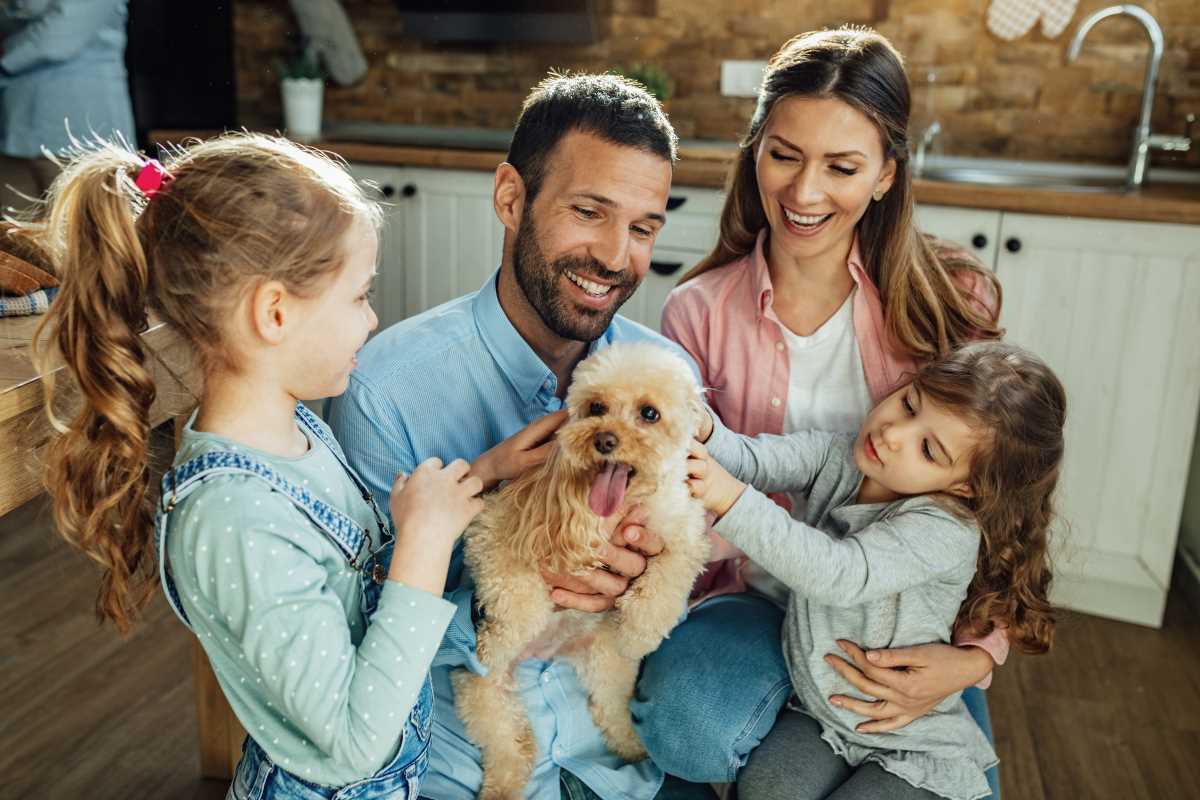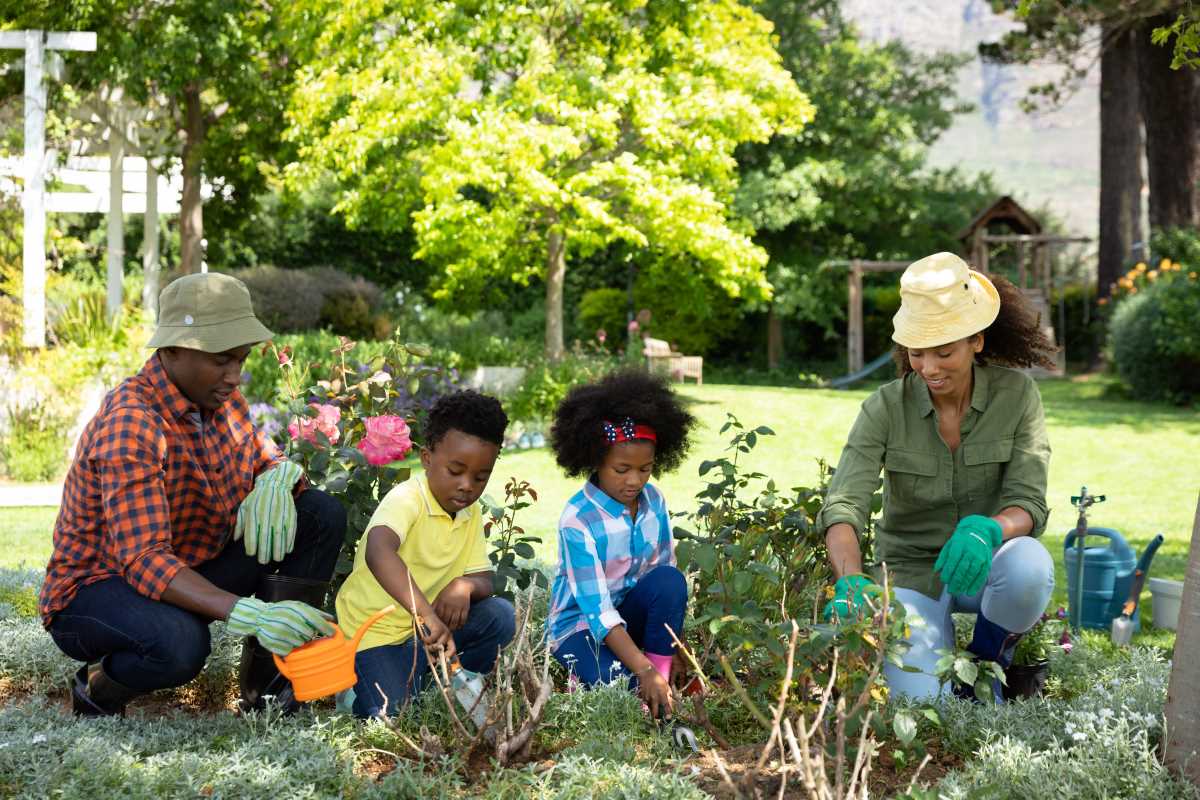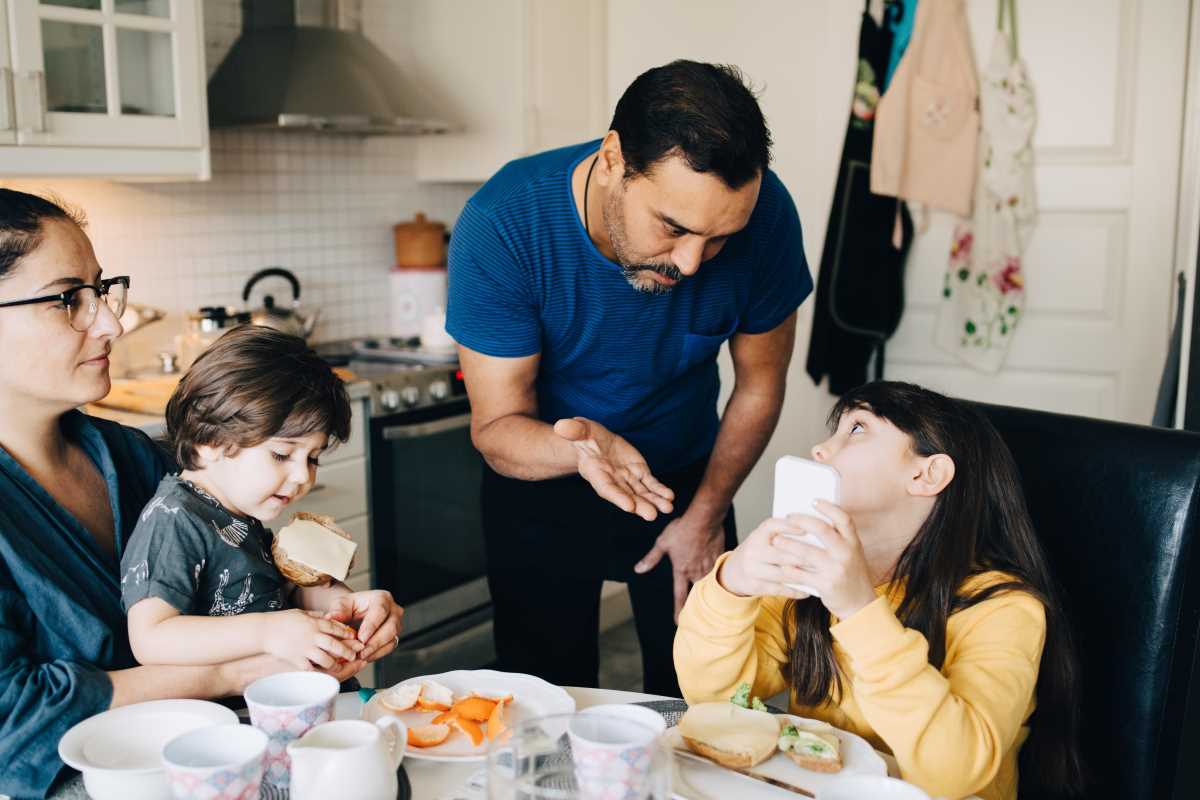Parents balancing busy schedules often find their days brightened by the presence of pets, whose playful antics and loyal companionship bring a unique kind of happiness to daily life. A happy bark when you come home, a soft purr curling around your feet, or a puppy eager for a morning walk can turn ordinary routines into memorable moments. Whether a dog eagerly greets you at the door or a cat nestles beside you on the couch, these small gestures add warmth and connection to each day. Discover how to build routines that help everyone in the household, both human and animal, feel truly at home.
Morning Routines with Pets
- Early Wake-Up Call: Let your dog out for a quick bathroom break before brewing coffee. That brisk walk wakes up both of you and keeps energy levels balanced.
- Breakfast Prep Together: While kids pack lunches, have the youngest fill food and water bowls. Assign each child a pet task to build responsibility.
- Quick Training Drill: Spend five minutes on sit, stay, or recall. Short sessions set a positive tone and strengthen communication.
- Cat Curiosity Station: Place a comfy seat by the window for your cat to watch birds while you tidy up. It gives them entertainment and keeps them out of your way.
These steps help everyone start the day with purpose. When pets sense structure, they settle into predictable habits that reduce barking, meowing at odd hours, or other attention-seeking behaviors.
Mealtime Harmony
- Staggered Feeding: Prepare human meals first, then pause for pet dishes. That way, pets don’t rush around begging while you chop or stir.
- Designated Zones: Use washable mats for bowls in the kitchen corner. It keeps spills contained and kids know not to leave crumbs on the floor.
- Shared Snack Breaks: Offer safe treats like apple slices for dogs or catnip for cats. Let children hand them over, reinforcing gentle handling.
- Clean-Up Crew: Assign wiping duties—one child rinses bowls, another sweeps up. Involving kids builds pride in caring for the household pets.
Meal routines teach pets when to expect food and turn mealtimes into calm moments instead of free-for-alls. Your kitchen stays cleaner, and kids learn teamwork.
Playtime and Exercise Strategies
Active play reduces destructive chewing or scratching by burning off excess energy. Aim for at least two sessions daily—one before work or school and one after.
For dogs, try a quick fetch in the backyard or a run around the block. For cats, rotate wand toys and laser pointers to keep hunts interesting. Different games help each personality thrive: puzzle feeders for brainy breeds, tug toys for high-energy pups.
Household Chores and Pet Participation
Your regular chores become opportunities to bond when you let pets join in. If you vacuum with a Roomba, tuck treats on the charging station so curious pets learn to stay clear. Pair sweeping with tossing small, plush toys that get scooped up and stored in pet bins.
Washing pet bedding on a set day each week trains pets to accept handling. Children fold clean blankets while pets watch happily – it builds trust and respect for their space.
Travel and Outings for the Whole Crew
Finding spots that welcome both kids and pets makes outings stress-free. For weekend getaways, consider Pet-Friendly Family Routines that feature on-site dog parks, shaded picnic spots, and pet-sitting services.
Pack a mobile kit with collapsible bowls, a first-aid kit, and favorite toys. Let each child carry one item to teach responsibility. Choose trails with shallow streams for splashing, parks with fenced runs, or beaches that permit dogs during off-peak hours. These experiences bring everyone closer and spark conversations about nature and care.
Including pets in daily routines creates joyful moments and maintains a positive atmosphere. When routines consider both human and animal needs, everyday experiences become more enjoyable.
 (Image via
(Image via





